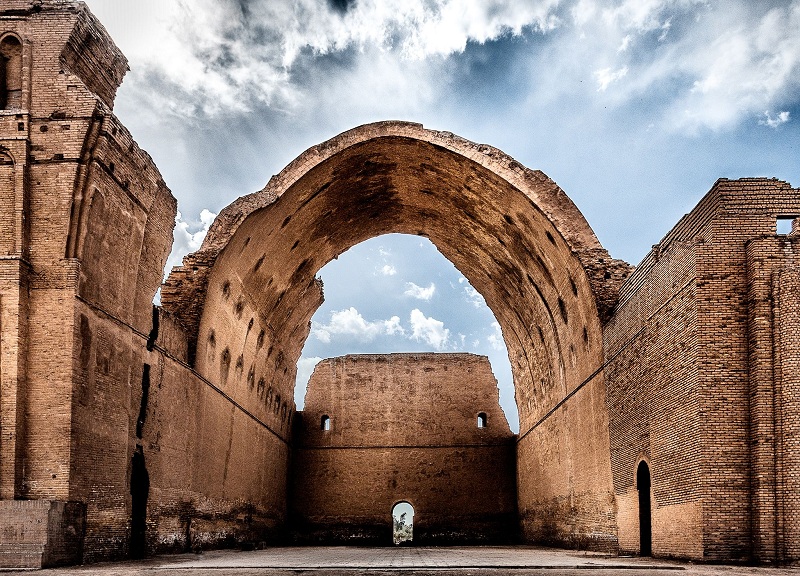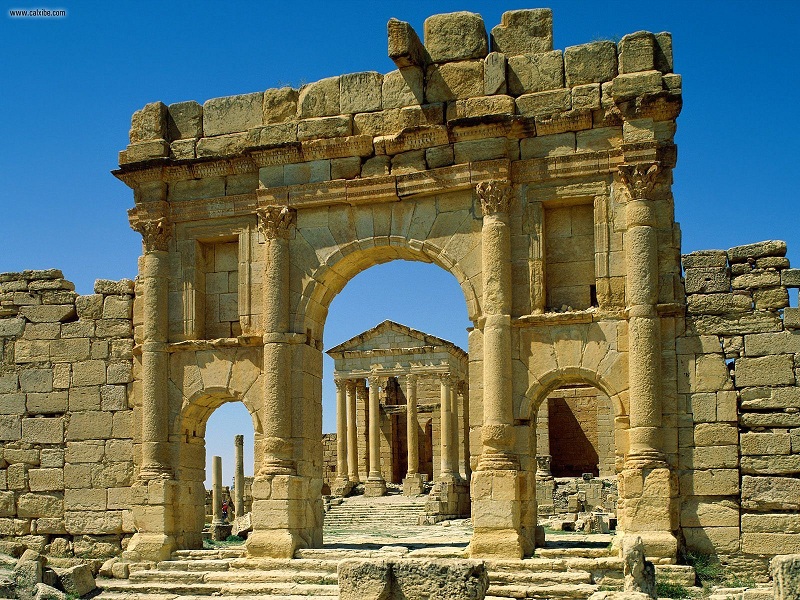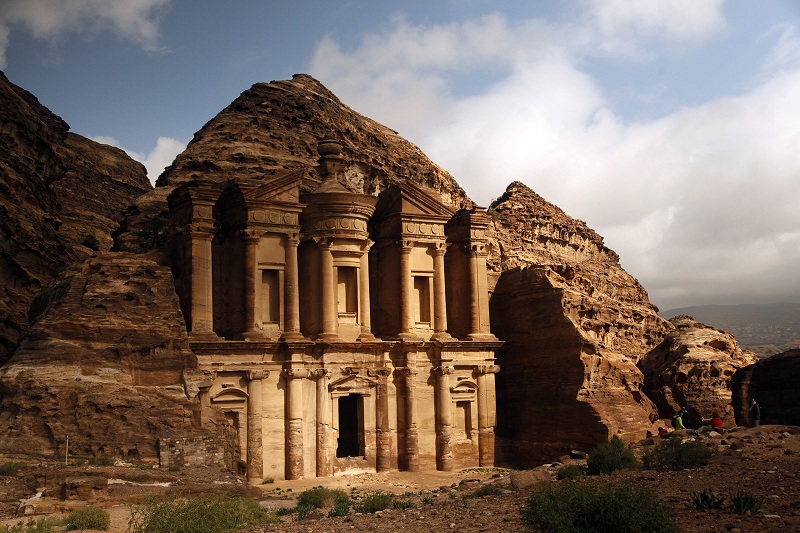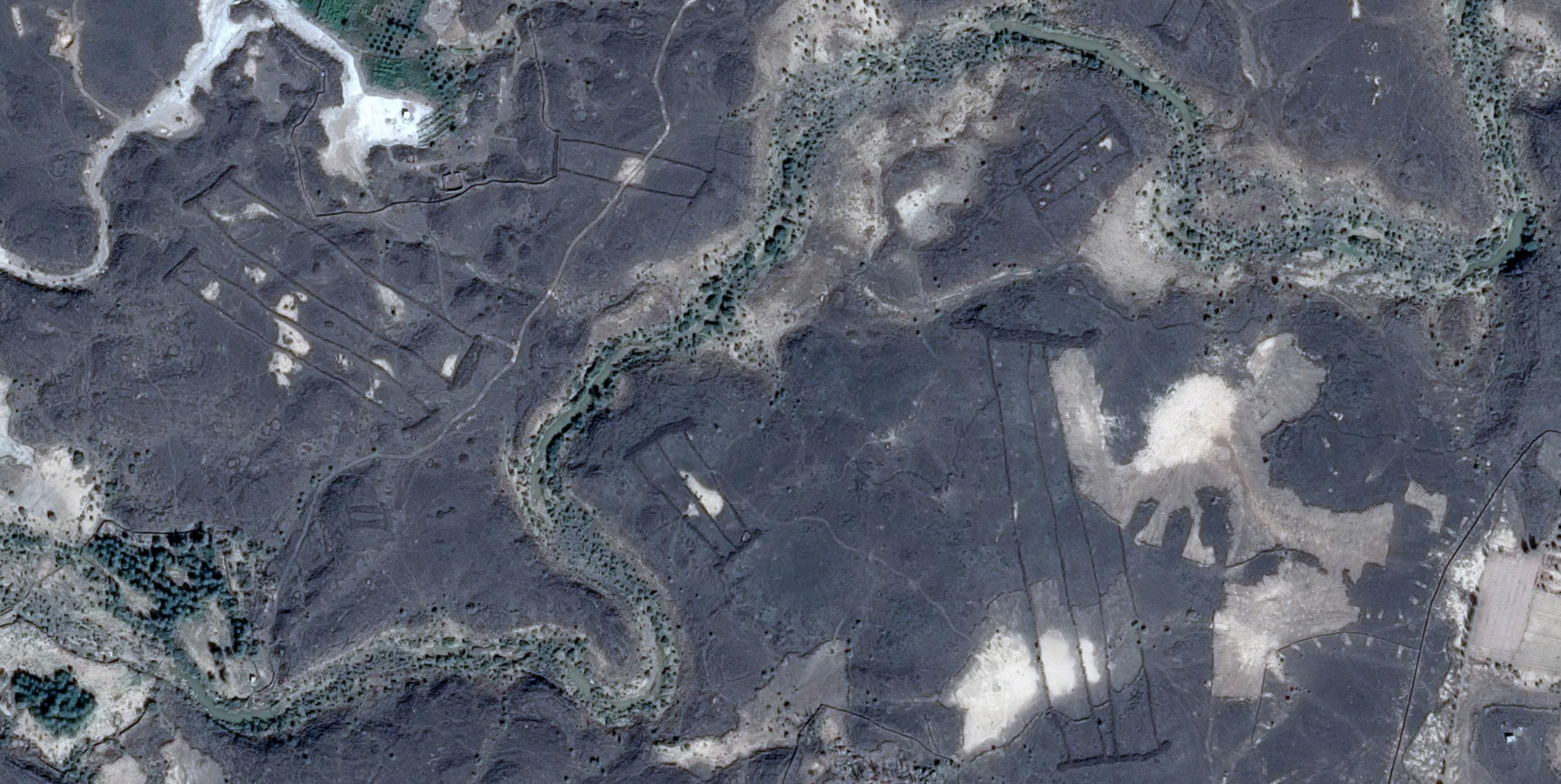By Kareem Sheta
Over the years, various lost cities have been discovered all over the world, including the Mayan city of Tikal, Machu Picchu in Peru, and Troy in Turkey. Amongst these lost cities are the following regions in the Middle East:
Ctesiphon, Iraq

- Location: About 35 kilometers southeast of present-day Baghdad along the river Tigris.
- Founding Date: It was founded in the late 120s BCE.
- Date of Discovery: Excavations at Ctesiphon started in 1928–1929 by a German Oriental Society led by Oscar Reuther.
- Population: The inhabitants were heavily mixed including Arameans, Persians, Greeks, and Assyrians.
Thebes, Egypt

- Location: an ancient Egyptian city located east of the Nile about 800 kilometers south of the Mediterranean.
- Founding Date: It was inhabited from around 3200 BC.
- Date of Discovery: It was designated as a world heritage site in 1979.
- Population: Thebes may have grown to be the largest city in the world, with a population of about 75,000, a position which it held until about 900 BC.
Carthage, Tunisia

- Location: It was located on the eastern side of the Lake of Tunis
- Founding Date: Phoenicians founded Carthage in 814 BC
- Date of Discovery: The archaeological site was first surveyed in 1830 by Danish Consul Christian Tuxen Falbe.
- Population: Strabo, the Greek Geographer wrote that before its fall in 146 BC, Carthage enjoyed a population of 700,000.
Petra, Jordan

- Location: It is located in southern Jordan on the slope of Jabal Al-Madbah in a basin among the mountains.
- Founding Date: It is believed to have been settled as early as 9,000 BC.
- Date of Discovery: It was rediscovered in 1812 by Johann Ludwig Burckhardt.
- Population: Its population peaked in the 1st century AD with a population of 20,000.
Stone ‘Gates’, Saudi Arabia

So technically, this is not a “city”; however, it is worth adding as an honorable mention. With the help of Google Earth, archaeologists recently discovered 400 previously undocumented stone structures in the Arabian Desert. They believe that they may have been built by nomadic tribes thousands of years ago. Dr. David Kennedy, an Archaeologist at the University of Western Australia, called these structures “gates”, because “when looked at horizontally, they resemble a simple fence with two thick upright posts on the sides connected by one or more long bars”. The exact purpose and dating of these gates are yet to be determined.



